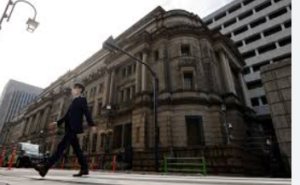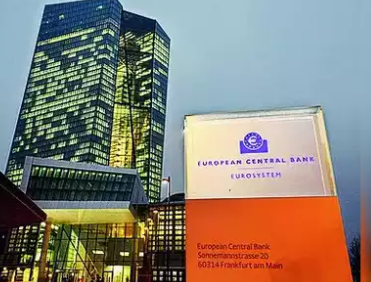In a week that could reshape the financial landscape, major central banks from across the globe are set to make crucial interest rate decisions. With investors on edge, all eyes are on the U.S. Federal Reserve, along with central banks in Brazil, the U.K., Norway, South Africa, and Japan. The outcomes of these meetings could have sweeping impacts on global markets and economic growth.
Federal Reserve Set to Lead: Will the U.S. Start a Rate-Cutting Cycle?
The U.S. Federal Reserve’s two-day meeting, starting on Tuesday, is the most anticipated event in financial markets. With inflation cooling and economic growth moderating, traders are betting on an interest rate cut. The central bank is widely expected to reduce its current target rate of 5.25% to 5.5%, with most analysts forecasting a 25-basis-point cut. However, a substantial 41% of market watchers predict a more aggressive half-point cut, according to the CME’s FedWatch Tool.
“Entering a cutting phase” is how John Bilton, global head of multi-asset strategy at J.P. Morgan Asset Management, described the current environment. Speaking to CNBC, he said, “We have all the ingredients for the beginning of a fairly extended cutting cycle, but one that’s not associated with a recession. That’s a rare scenario.”
Still, experts remain divided on how much the Fed should cut. David Volpe, deputy CIO at Emerald Asset Management, argued for a more significant 50-basis-point cut, viewing it as a protective move in light of economic uncertainty. “A lot can go wrong between now and November,” Volpe noted, pointing to potential volatility in the markets.
Brazil’s Rate Hike Expected Amid Strong Economic Data
Brazil’s central bank is expected to buck the global trend of easing rates. After cutting rates multiple times in the last year, stronger-than-expected economic growth in Q2 has fueled expectations of a rate hike. Analysts predict the bank will raise its Selic rate by 25 basis points to 10.75%, with further increases possible later this year if inflation remains stubbornly high.
Wilson Ferrarezi, an economist at TS Lombard, explained that domestic economic activity will play a key role in future decisions. “Further rate hikes into 2025 cannot be ruled out,” he said in a recent research note.
Bank of England Holds Steady, Eyes Future Cuts
The Bank of England (BOE) is likely to hold interest rates steady at 5% during its Thursday meeting, according to a Reuters poll of economists. After delivering its first rate cut in over four years in August, the BOE is adopting a cautious stance as the U.K. economy grapples with stagnation.
Ruben Segura Cayuela, head of European economics at Bank of America, believes the BOE’s next rate cut will happen in November. “We expect a 7-2 vote to hold rates steady this week,” he told CNBC, adding that any future cuts will depend on upcoming economic data.

Norway, South Africa, and Japan: Diverse Approaches to Monetary Policy
Central banks in Norway, South Africa, and Japan will also announce their policy decisions this week. Norway’s Norges Bank is expected to maintain its interest rate at a 16-year high of 4.5%. The bank has signaled it plans to keep rates steady for the foreseeable future, citing stable economic conditions.
South Africa’s Reserve Bank is expected to implement its first rate cut since the pandemic, reflecting easing inflationary pressures. Economists are predicting a modest reduction as the country looks to stimulate growth amid high unemployment and sluggish recovery.
In Japan, the Bank of Japan is likely to maintain its ultra-loose monetary policy this week. However, a Reuters poll shows that most economists expect a rate hike by the end of the year as the country slowly pivots away from years of negative interest rates.
Global Market Implications: What’s Next for Investors?
As central banks around the world prepare to act, market volatility is almost certain. Rate cuts from the U.S. Federal Reserve and other central banks could inject new momentum into the global economy, while rate hikes in regions like Brazil signal a tightening of monetary policy to combat inflation.
The outcomes of these meetings will offer crucial insights into the future direction of monetary policy, inflation, and growth. Investors are urged to stay tuned as the week unfolds, with each central bank decision carryin






